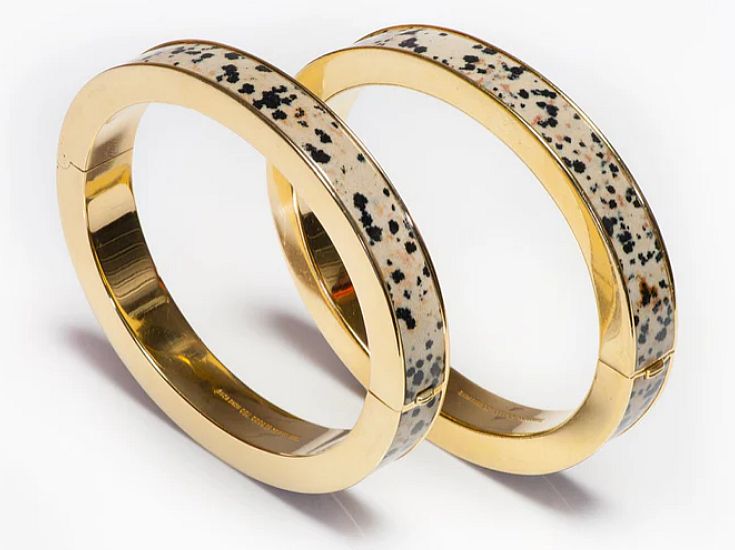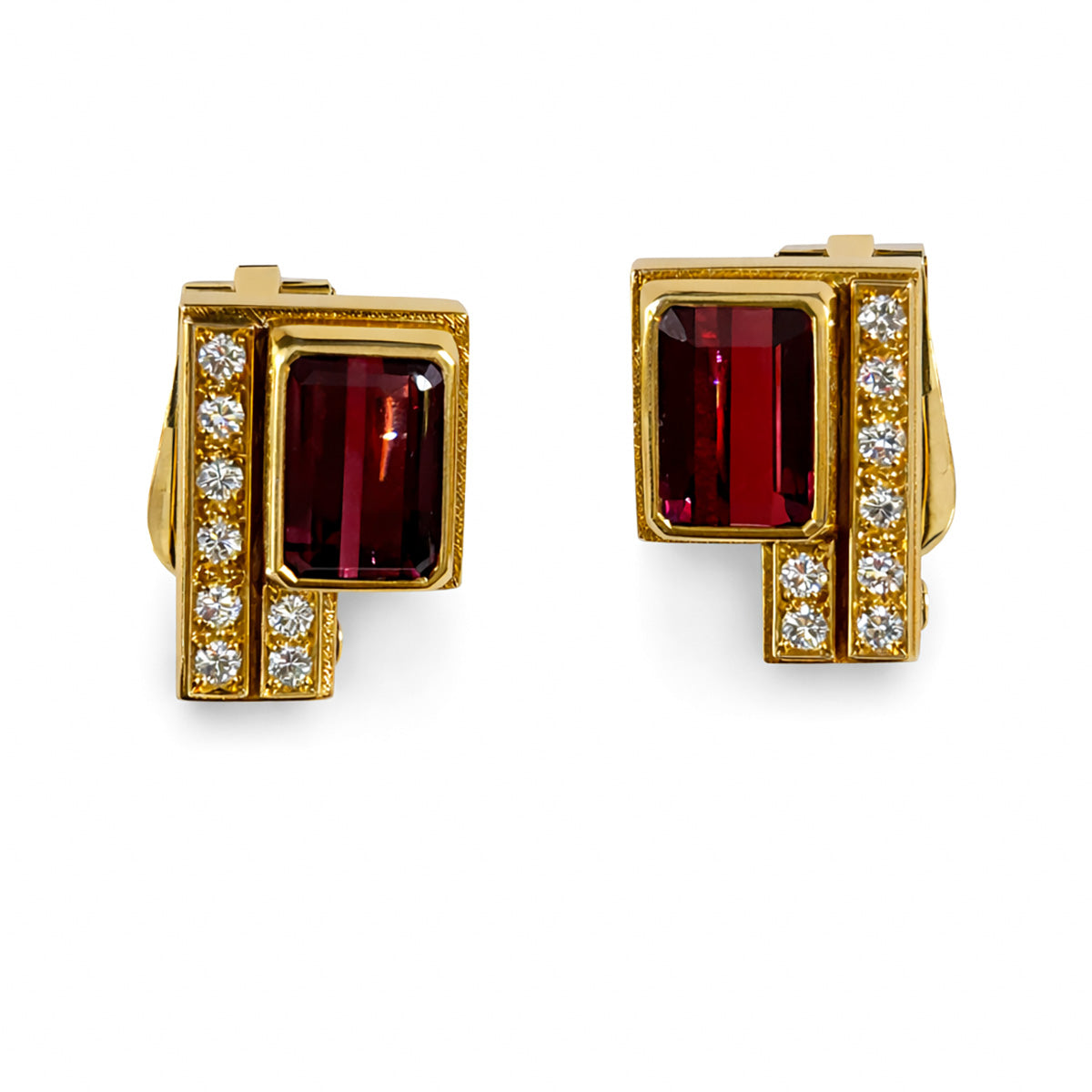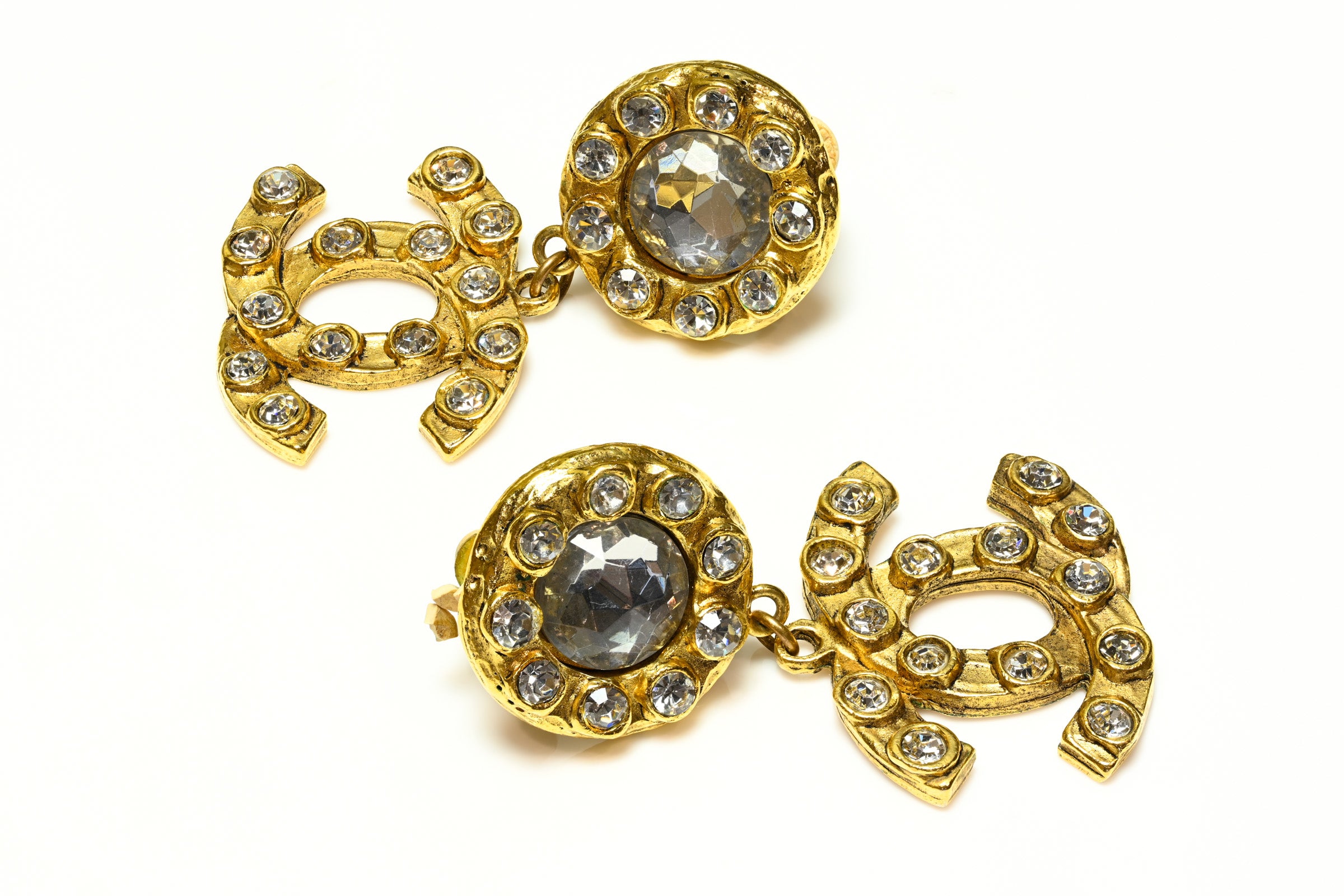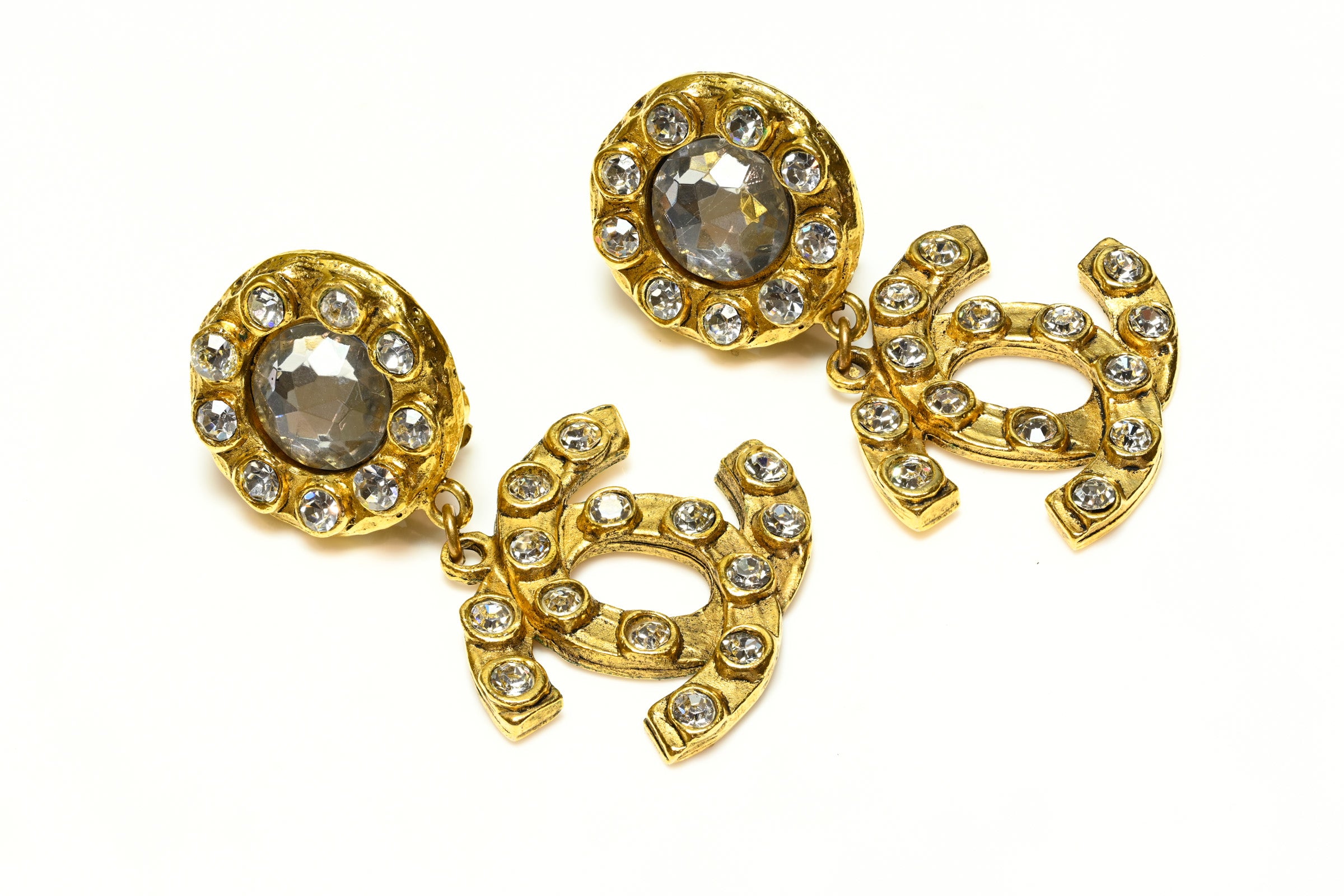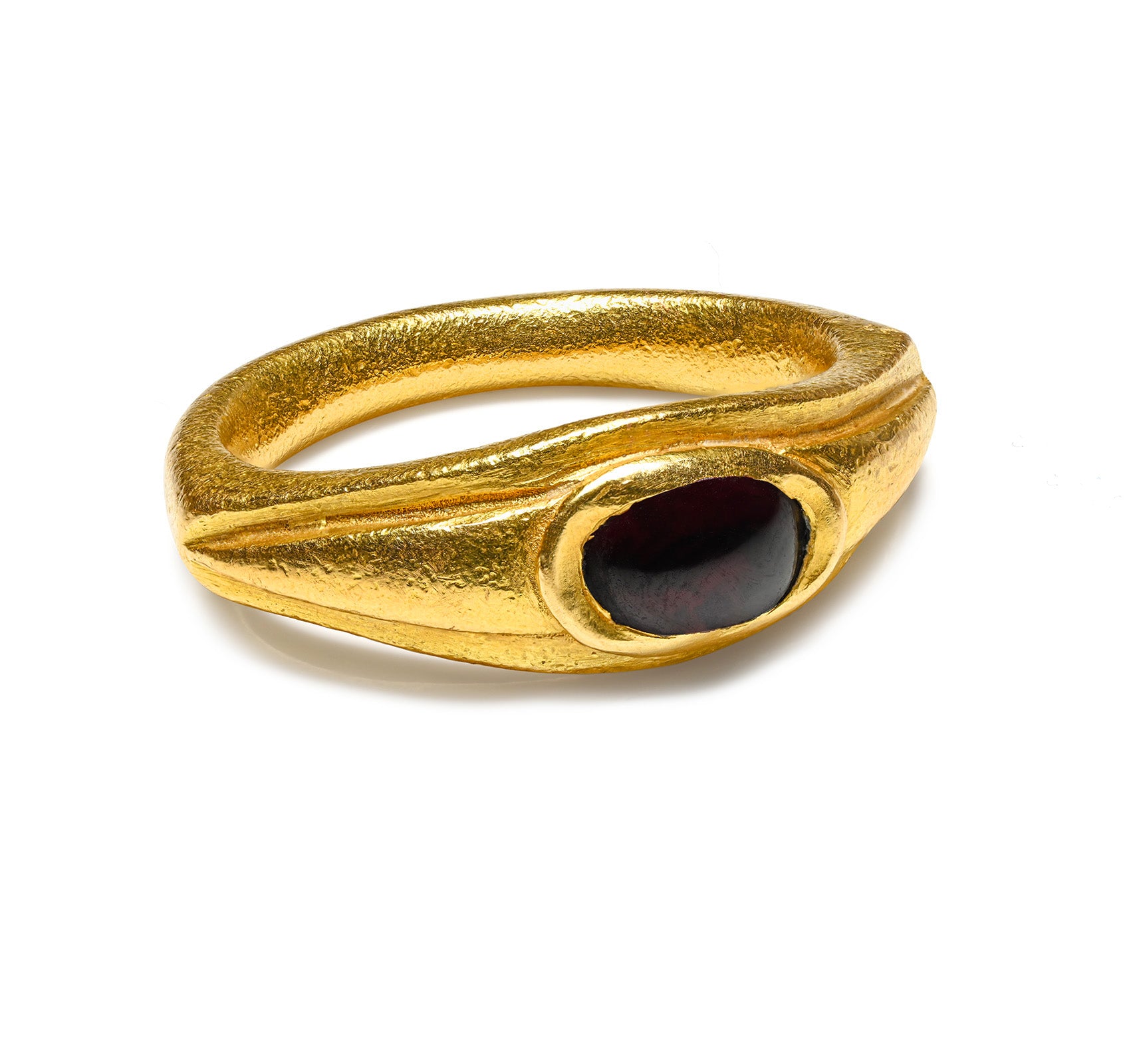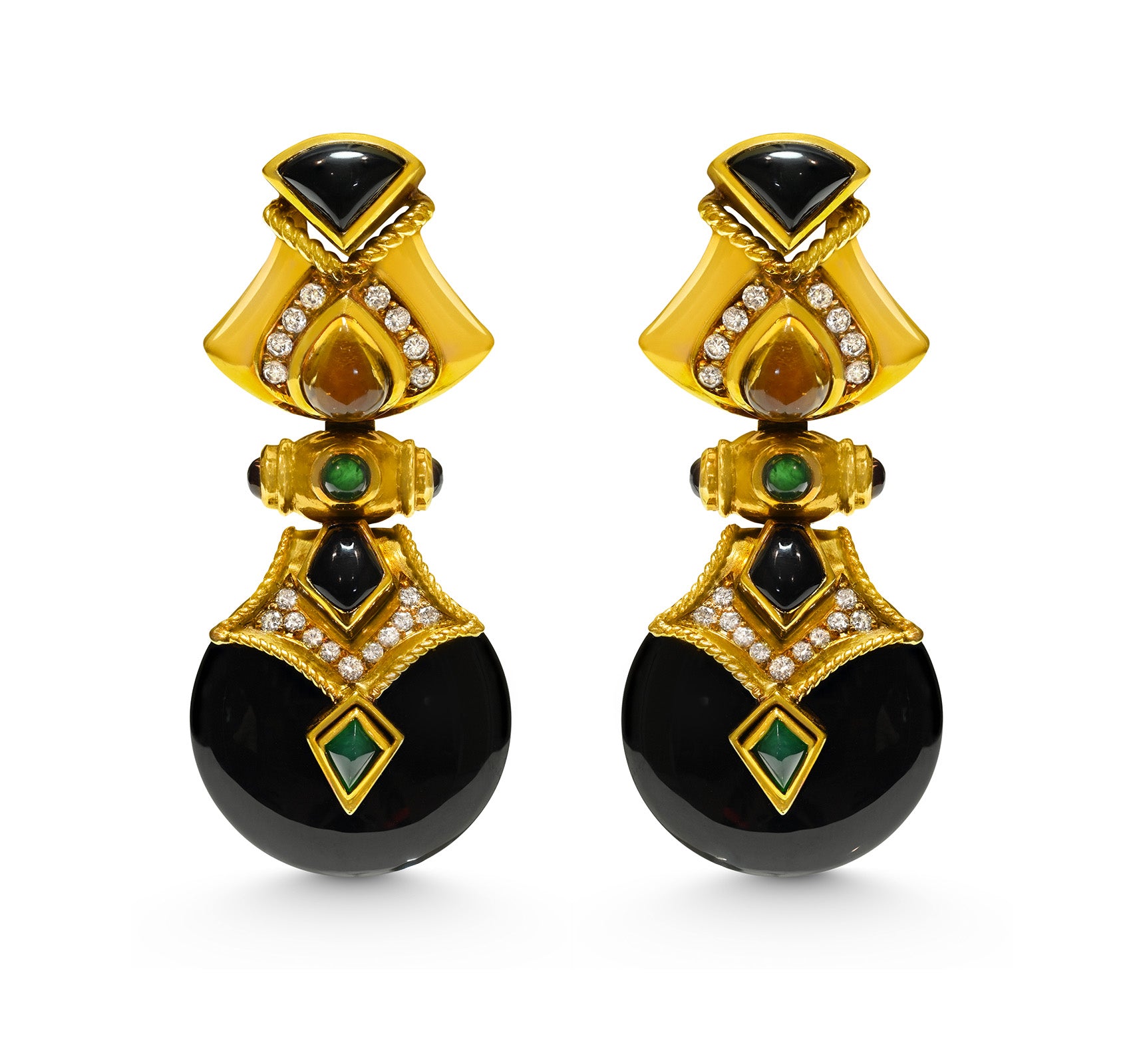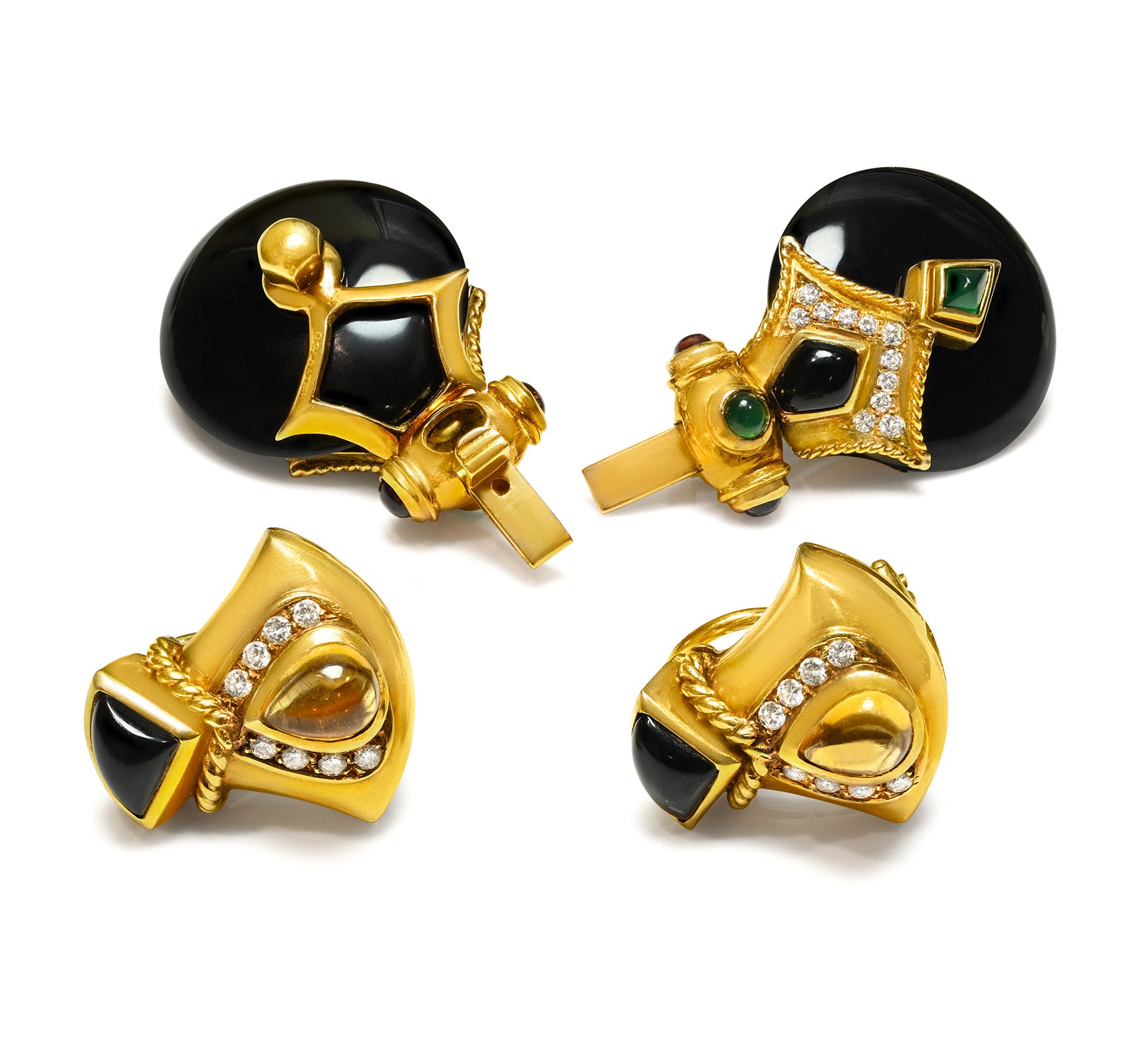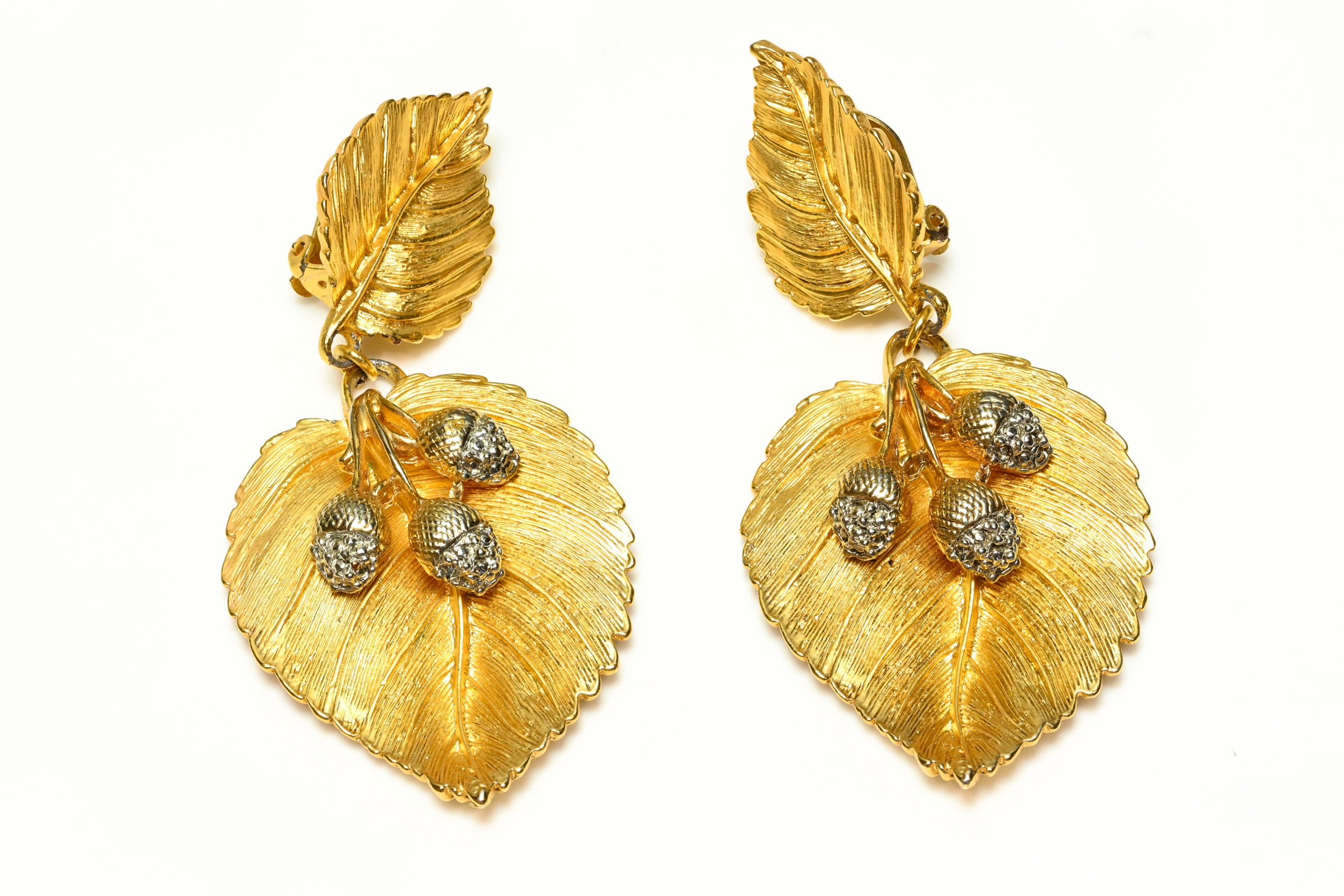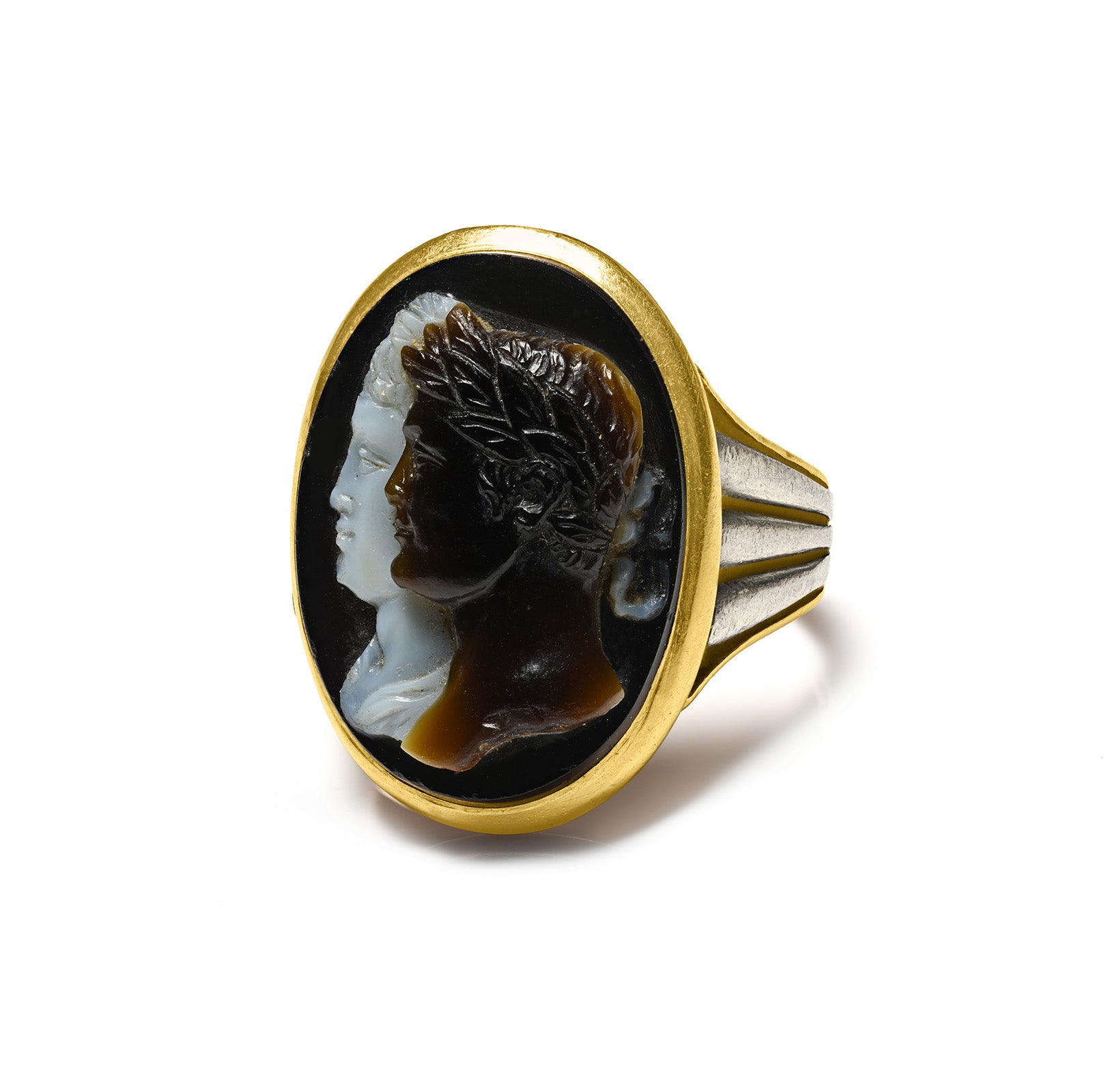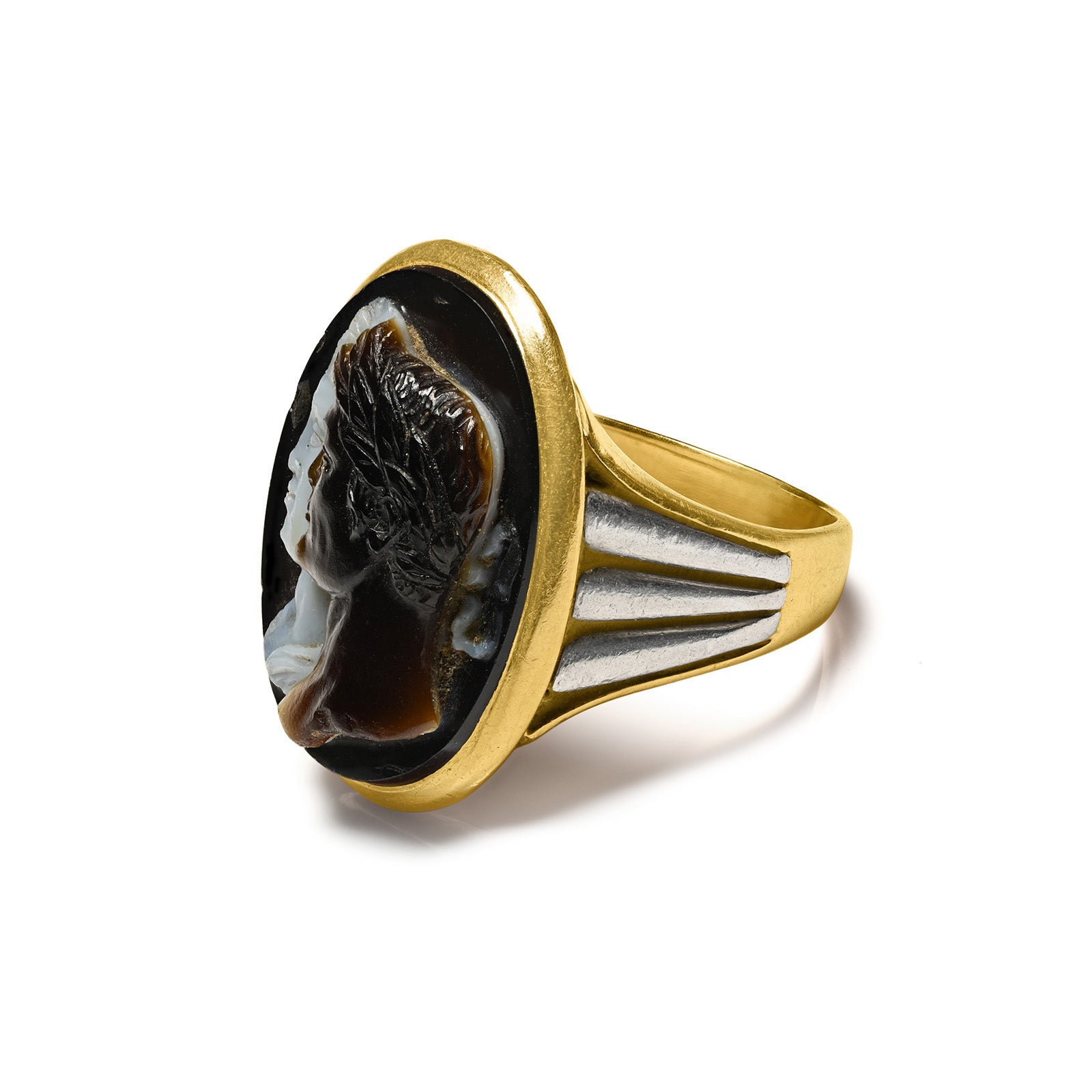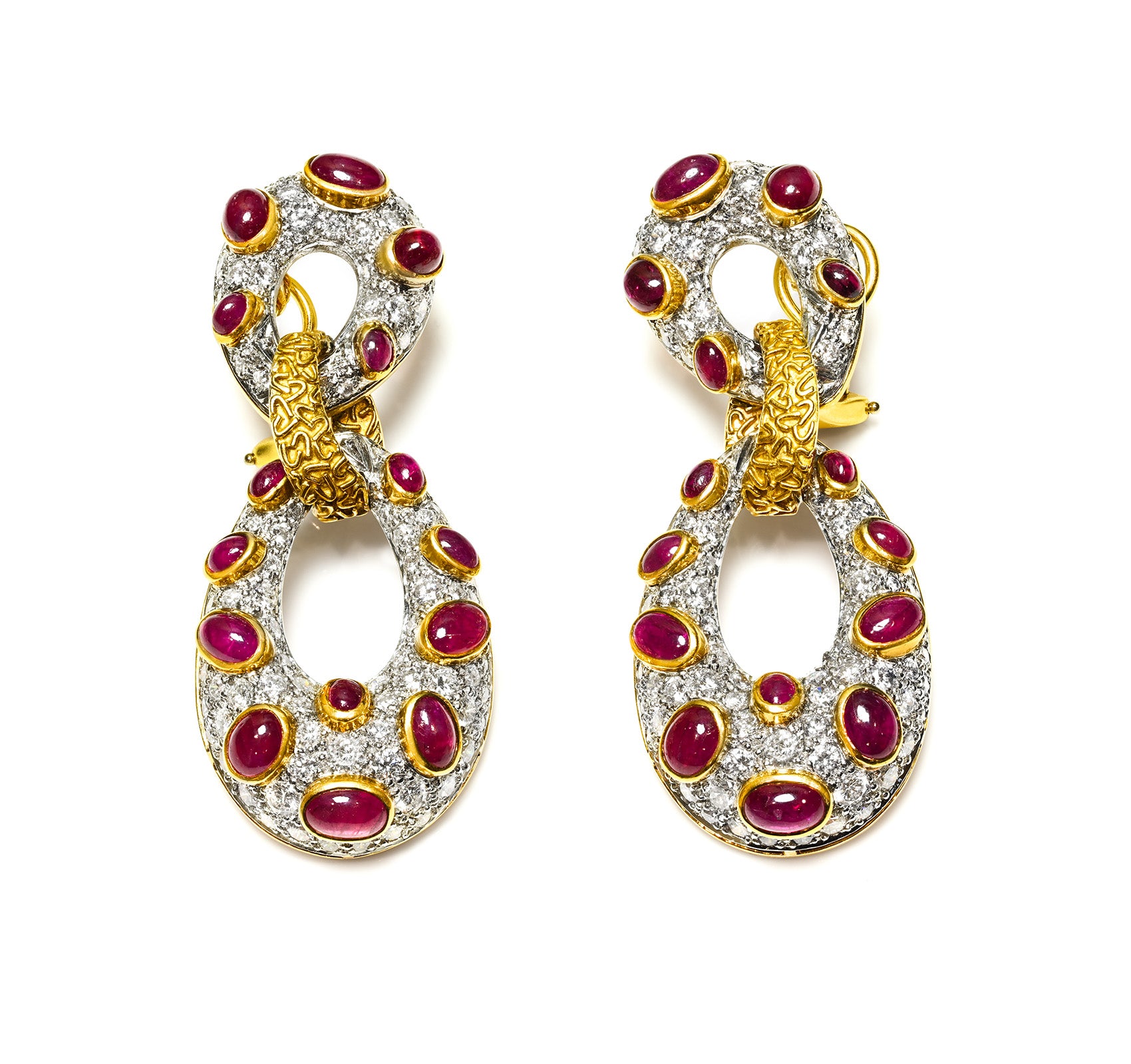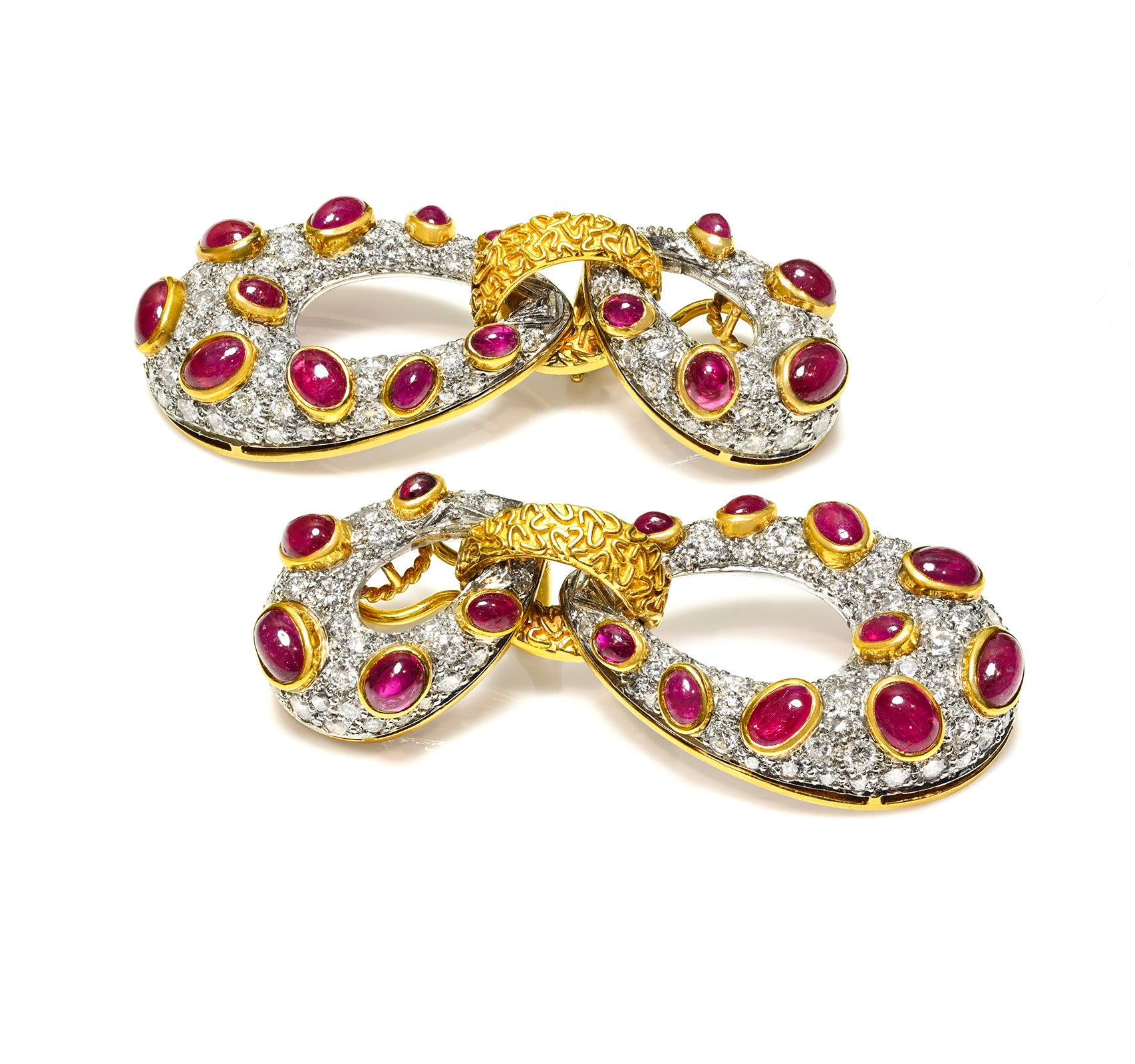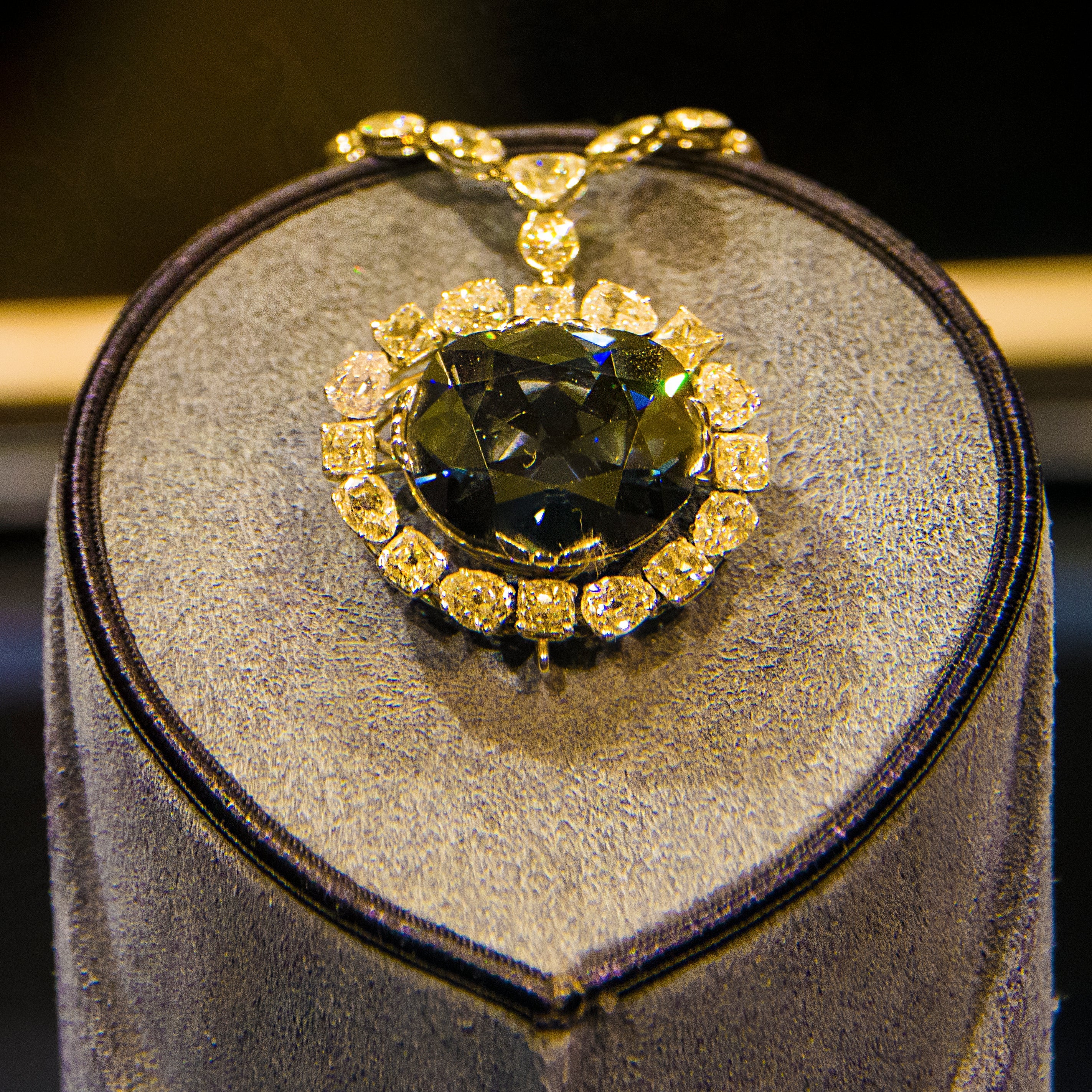
The Hope and Koh-i-noor Diamonds: New Insights Into Their Origin
Is it possible that the renowned Hope Diamond and Koh-i-noor came from a volcanic outcrop located around 300 kilometers away from their discovery site in southern India?
These stones, called Golconda diamonds, were discovered during the 1600s and 1800s and were mined in the Godavari-Krishna delta region of Andhra Pradesh.
The Orloff, Great Mogul, Pitt, and Nizam diamonds are also part of the Golconda set. The enormous carat sizes and uncommon colors of this collection are well-known. Most of them have been categorized as Type IIa diamonds due to the scarcity of nitrogen atoms.
The Hope And Koh-i-noor Diamonds
But new research that was published in the Journal of Earth System Science suggests that the diamonds are more likely to have come from the Wajrakarur kimberlite field, which is around 300 kilometers away from the original location and mining site.
Situated in small pits excavated into riverbank mud, the Hope and Koh-i-noor - both embroiled in colonial controversy - were discovered in placer mines.
Kimberlites are massive volcanic eruptions that bring diamonds to the surface of the Earth. Nobody has been able to locate the kimberlite rocks that contained these diamonds as of yet.
By examining the chemical signatures of neighboring kimberlites and lamproites, Hero Kalra, Ashish Dongre, and Swapnil Vyas, three geoscientists at India's Savitribai Phule Pune University, have tried to determine the origin of the Golconda diamonds. They might now know the solution.
According to geologists, the Wajrakarur field's kimberlite rocks most likely originated deep below the Earth, where diamonds are formed and can be found alongside other minerals.
Remote sensing data, including satellite pictures and assessments of vegetation and moisture, was used to conduct surveys.
The results are inconclusive, according to Yaakov Weiss, a geochemist at The Hebrew University of Jerusalem who studies diamonds.
The Lithosphere
He points out that the scientists discovered that the Wajrakarur field might contain diamonds after analyzing the geochemistry of common diamonds from the lithosphere, or the stiff crust and upper mantle.
Conversely, the Golconda diamonds originated at a deeper depth in the mantle—possibly as deep as the transition zone close to the Earth's core, according to Jeweller Magazine.
Although not participating in the study, Wiess told Live Science that there is still a great degree of mystery surrounding the origins of these diamonds.
“The analysis is related mainly to lithospheric diamonds, and we believe the larger diamonds are coming from deeper in the Earth”, he explained.
Renowned stone cutter Scott Sucher has been following this research attentively. He has expertly carved flawless duplicates and is well-versed in the Hope and Koh-i-noor diamonds, among other well-known stones.
There are 38 flawless copies of the most well-known diamonds in the world in his collection.
Sucher was approached by the US Discovery Channel to work on a 14-month project called Unsolved History: The Hope Diamond. The show debuted in February 2005.
Through the program, Sucher was able to handle the unset Hope diamond, the 31-carat Blue Heart diamond, and Napoleon's necklace, which is made up of 234 diamonds and was given to Marie-Louise, his second wife.
After that, Sucher collaborated with the London-based Natural History Museum to build a duplicate of the original Koh-i-noor. The entire process took a year, including four months for the photo analysis, and it was finished in July 2007.
Deep Mantle Diamonds
"Recent studies have focused on the formation of deep mantle diamonds, so it would be significant to find the possible origin of Indian diamonds", he said.
"There's a lot of information on the Internet regarding famous diamonds," said Sucher, who holds degrees in Semiconductor Manufacturing and Chemistry. The former is vital for understanding color, while the latter is important for crystal formation.
If history is to be believed, they are all Golconda stones, but how they managed to travel 300 kilometers begs the question of what else could be in the old riverbed.
"The results are intriguing and indicate that further research is necessary to determine whether big diamonds are formed in the deep mantle".
At 105.6 carats, the Koh-i-Noor is one of the biggest cut diamonds. It is presently placed in Queen Elizabeth's crown and is a part of the United Kingdom's Crown Jewels.
The Hope Diamond is a fancy color blue diamond weighing 45.52 carats. The French Blue was its prior name.
There have been numerous powerful people who have owned the diamond during the last 400 years. It was given to the National Museum of Natural History of the Smithsonian Institution in 1958 by American jeweler Harry Winston.
Cover Photo Credit: Mbalotia, CC BY-SA 3.0 <https://creativecommons.org/licenses/by-sa/3.0>, via Wikimedia Commons

